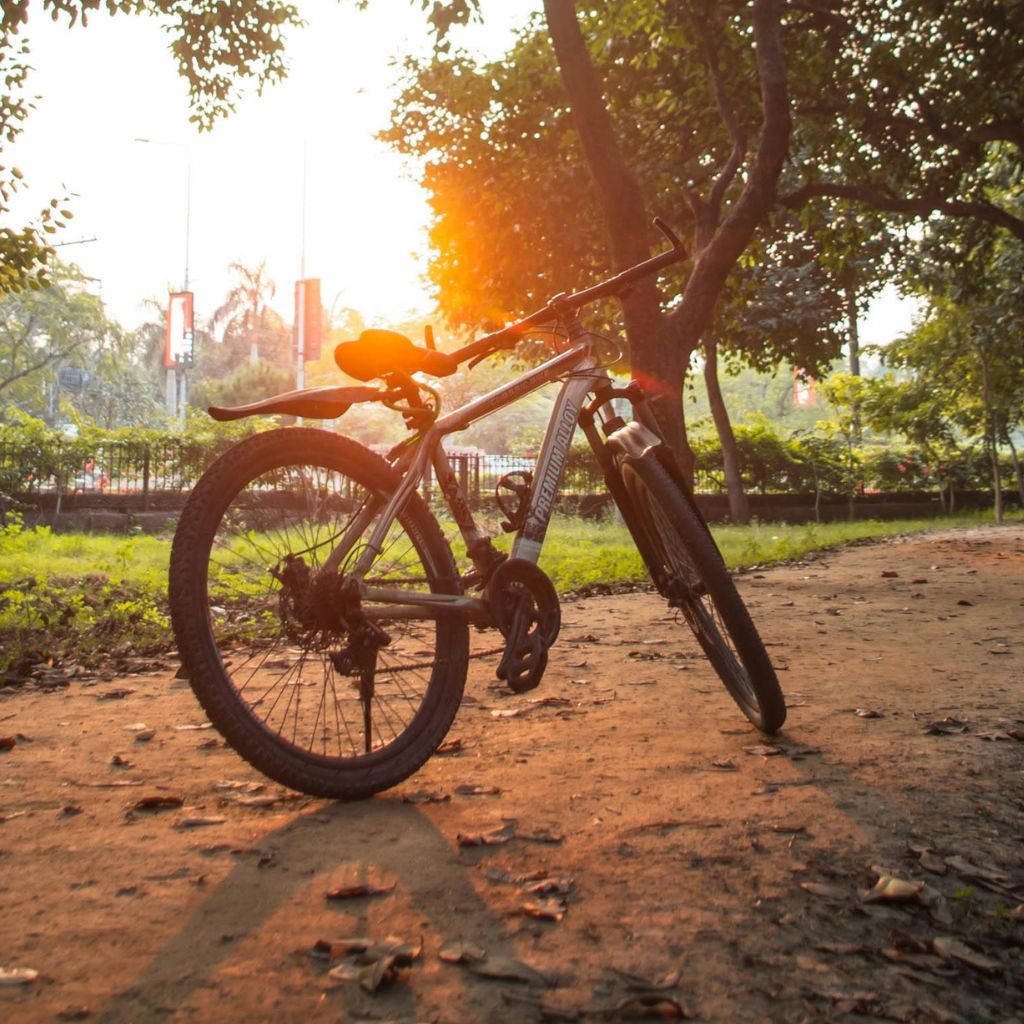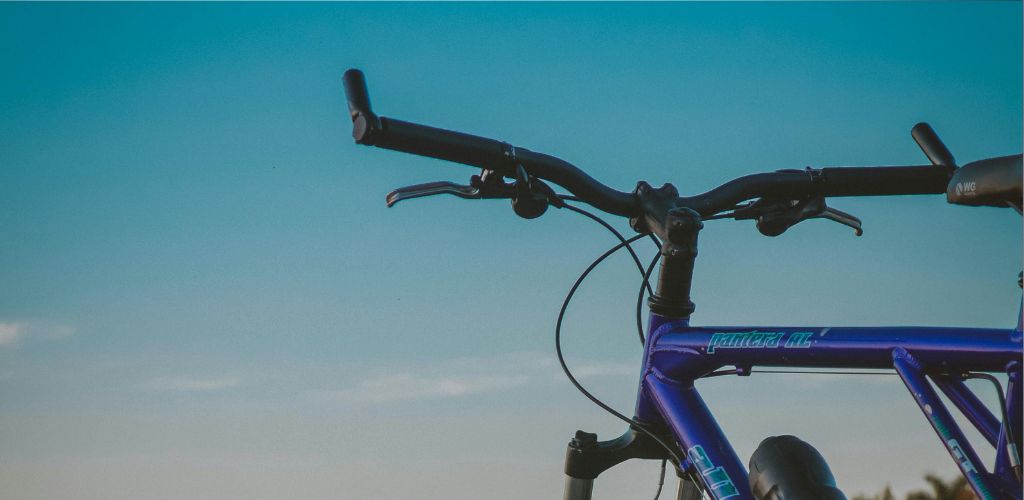I might be showing my age here a little, but one of my first mountain bikes had molded car ends on it, and as a kid I thought they were pretty cool. Today though I wouldn’t go anywhere near a mountain bike with bar ends on it!
Let’s delve into the reasons behind the decline in the usage of bar ends on mountain bikes.
Evolution in Mountain Bike Design
Initially, bar ends rose in popularity due to the basic suspension systems and smaller 26-inch wheels of early mountain bikes.
They offered a way to alleviate hand and wrist fatigue by allowing riders to change hand positions during long rides.
However, as technology progressed, mountain bikes adopted better suspension systems and larger wheels, reducing the need for bar ends.
The larger air volume in tires and improved fork designs provided more comfort and less fatigue, making bar ends less necessary.
The Snag-and-Crash Risk
A significant concern with bar ends is their tendency to snag on obstacles, particularly in forest trails.
This risk is heightened with the advent of faster, more technical mountain biking. Snagging a bar end on a branch or foliage can lead to crashes, especially at higher speeds. I mean, clipping a handle bar on a tree at high speed is dicey enough for most of us!
As mountain biking involves navigating through tighter and more technical trails, the risk associated with bar ends becomes more pronounced.
Handlebar Width and Control
Over time, mountain bike handlebars have become wider to improve control and leverage, particularly over technical terrains.
The introduction of handlebars upwards of 780mm has left less margin for error in tight spaces. This change has made the addition of bar ends more problematic and less compatible with modern mountain bike designs.

Personal Preferences and Riding Styles
Preference for Additional Hand Positions
Some riders still value the extra hand positions provided by bar ends, especially for long climbs or on flatter terrains. They talk about the benefits in muscle recruitment and stability, particularly during uphill sections.
This preference highlights the continued relevance of bar ends for certain riders and terrains – definitely in the minority amongst riders these days however
Impact of Technical Trails
The shift towards more technical and challenging trails in mountain biking has contributed to the decrease in bar end popularity.
In such environments, bar ends can be cumbersome and potentially dangerous, increasing the risk of snagging. This evolution in trail design and riding styles has influenced riders’ choices regarding bar end usage.
Aesthetic and Style Considerations
There’s a division in opinion regarding the aesthetic appeal of bar ends. While most riders feel they look outdated, there are definitely some who find them visually appealing or are at the very least indifferent to their appearance!
Mountain bikers like all sorts of different things I suppose – just look at how stark the difference between the bike and riding kit of a mud splattered downhiller, and a Lycra-festooned XC racer!
The bottom line…
In conclusion, the decline in the use of bar ends on mountain bikes can be attributed to advancements in bike technology, changes in trail design and riding styles, and personal preferences.
While they offer benefits like varied hand positions and improved climbing efficiency, their drawbacks in technical terrain and the evolving aesthetic considerations have led many riders to move away from them.
As mountain biking continues to evolve, so do the preferences and needs of its enthusiasts, reflecting the dynamic nature of the sport.
After all, the only constant in mountain biking technology, is change!

